Education in Rwanda is at a rapidly advancing stage, particularly thanks to the reforms that have been carried out in curriculum, teacher provision and infrastructure. Igihe Mobile
In 2000, there were only a few schools, yet the number of children needing to attend school was high. Rwanda’s vision is to build a knowledge-based economy so that by 2050 Rwanda will be among the rich countries.


A report of the Ministry of Education (Rwanda) on education operations for 2023/24, released in March 2025, shows that as at July 2024, Rwanda had 4,986 schools, up from 4,923 in the previous year. Igihe Mobile
Of these, 2,077 schools are government-contracted, 1,569 are government owned, and 1,340 are private. Igihe Mobile
Government schools make up 31.5 %; Catholic Church schools 28 %; Protestant schools 16.8 %; schools run by parents’ associations 6 %; Seventh-day Adventist Church schools 1.7 %; Muslim schools 0.6 %; and private (individual) schools 15.1 %. Igihe Mobile
More classrooms, but overcrowding persists
The number of classrooms used in the 2023/24 school year was 86,780 — an increase of 2,045 compared to the prior year. Igihe Mobile
However, the average number of students per classroom increased: from 50 in 2022/23 to 52 in 2023/24. Igihe Mobile
This issue is more severe in the first three years of primary school: upstairs first year has 76 students per classroom on average; second year 66; third year 61. Igihe Mobile
According to UNESCO, a classroom should accommodate 46 students so that the teacher can follow them and deliver quality education. Igihe Mobile
Only 43 % of primary schools meet 46 students per classroom; at the general secondary level it’s 83 %, and at upper secondary it’s 97 %. Igihe Mobile
More than 49.1 % of schools have a girls’ dormitory — this is an increase of 1.7 % compared with 2022/23 — but sports infrastructure remains limited: football and volleyball fields are in 41 % of schools; basketball courts in 15 %; gymnasia in only 0.1 %. Igihe Mobile
Primary school students dominate the system
Almost 4.8 million students were enrolled for the 2023/24 school year — up 7 % from 4.46 million the previous year. Igihe Mobile
And they all receive a midday meal at school, while upper-secondary students stay for three meals a day. Igihe Mobile
Early childhood development and nursery school students numbered over 1.2 million (up from 1.1 million), an increase of 14.4 %. In particular, children attending nursery school rose 16.6% to 692,507; those in early childhood development programmes rose 11.9% to 605,229. Igihe Mobile
More than 3 million students are in primary school (an increase of 5.9%), making that level the largest in the system. Upper-secondary (general and vocational) increased 1.45% to 196,384; TVET (Levels 1-5) increased 12.8% to 116,791 — although female participation remains low. Igihe Mobile
Tertiary institutions (colleges and universities) enrolments increased to 130,474 from 119,716 (up 8.99%). Meanwhile, adult literacy learners dropped 9.1% to 99,255. Igihe Mobile
High school attendance rates but low completion
Education of 12 years is now universal and many attend school while not of the correct age. According to MINEDUC, pre-primary participation rose to 59.5% (from 53.1%); for age group 3-5 in pre-primary it reached 44.7% (from 39%). Igihe Mobile
Primary school attendance reached 148.2% (where the age group of 6-11 official school age was 95%). Secondary overall reached 48.6% attendance; on-time age 29.1%; tertiary and university from 8.6% to 9%. Igihe Mobile
However, only 13.1% of those who started lower secondary (first year of lower secondary) finished upper secondary in 12 years. The average primary school completion rate rose to 42.7% (from 37.5%). Igihe Mobile
Drop-outs in lower secondary were 65.1%; repeaters 29.7%; those who left school 5.2%. Upper secondary non-attendance reduced from 7.5% to 4.4%. Igihe Mobile
Teachers have increased
In 2023/24 Rwanda had 123,818 teachers — up 2.6% from the prior year. Igihe Mobile
In primary schools, 99.8% of teachers meet requirements; in pre-primary 99.4%; in upper secondary 86.6%; in TVET 80.3%. Igihe Mobile
However many teachers have not received professional training: 52.7% in pre-primary; 67.2% in primary; 78% in upper secondary; 25.7% in TVET studied pedagogy. Igihe Mobile
This means a large discrepancy in the student-teacher relationship: one trained pre-primary teacher handles 106 students; one in primary 65; upper secondary 36; TVET qualified teacher 77. Igihe Mobile
Original source: “Education in Rwanda in numbers” by Jean Baptiste Nshimiyimana, published 24 October 2025, in the portal Igihe. Igihe Mobile
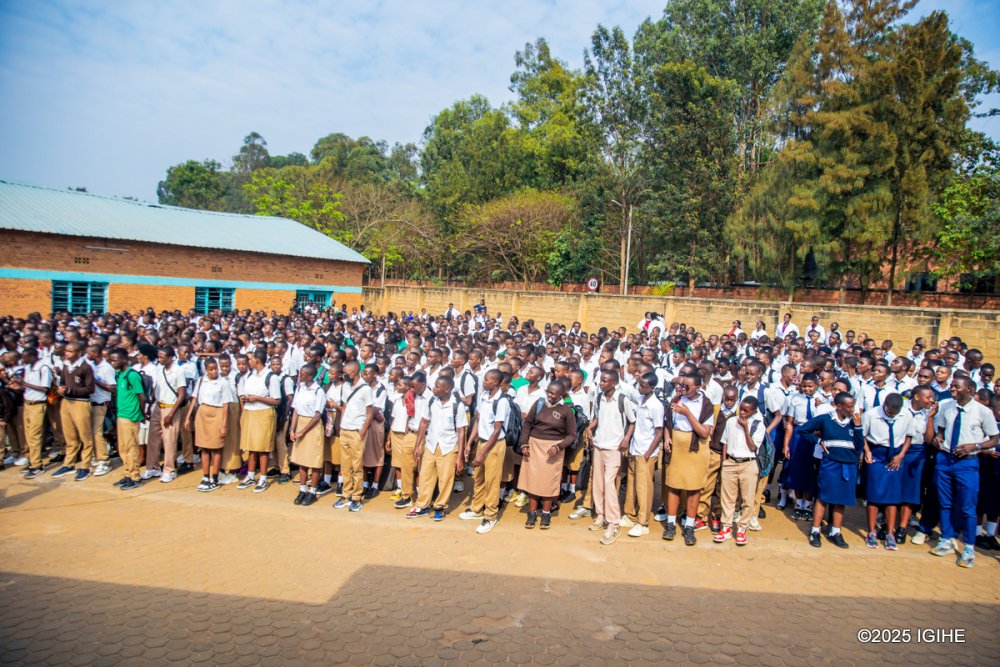




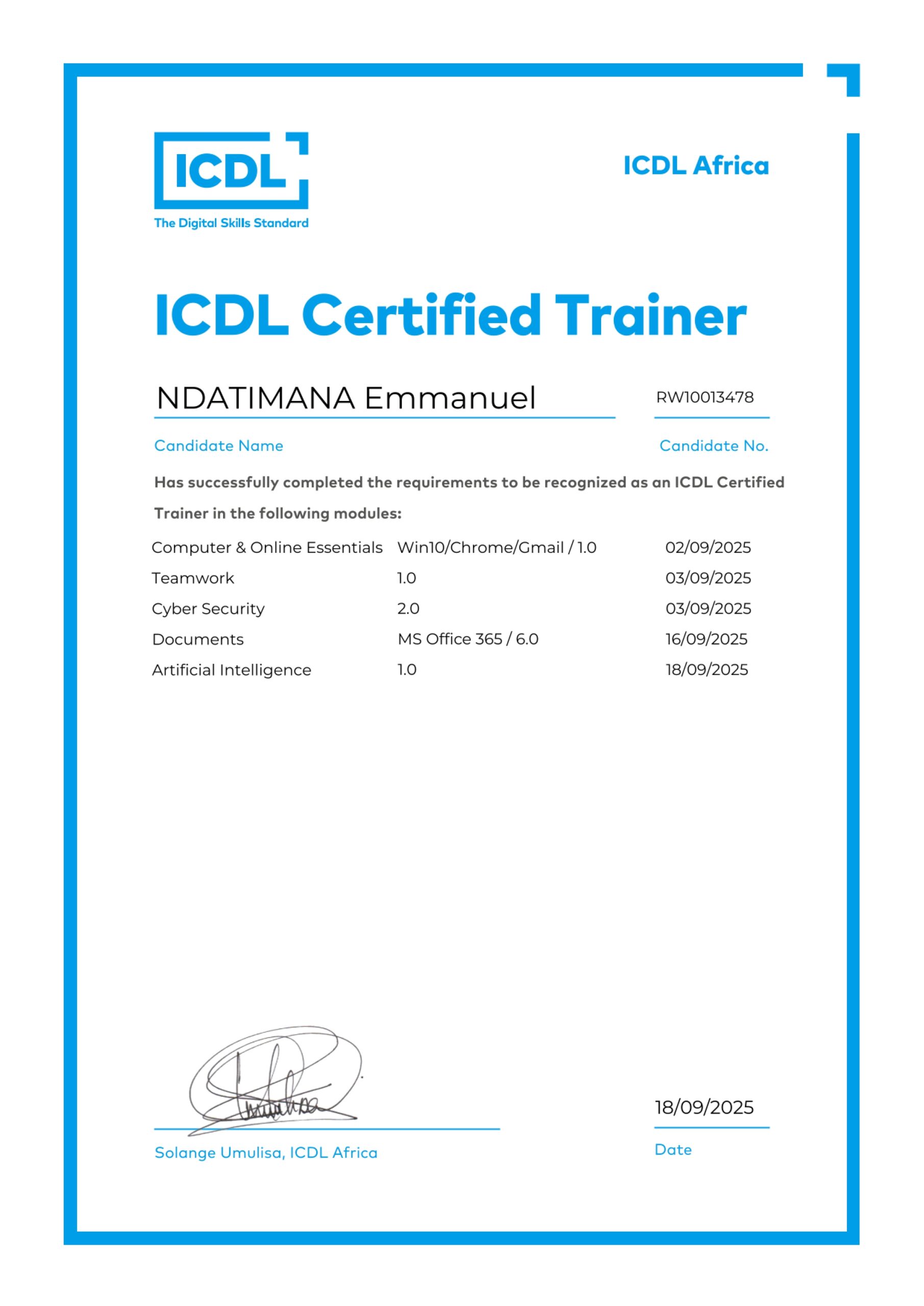
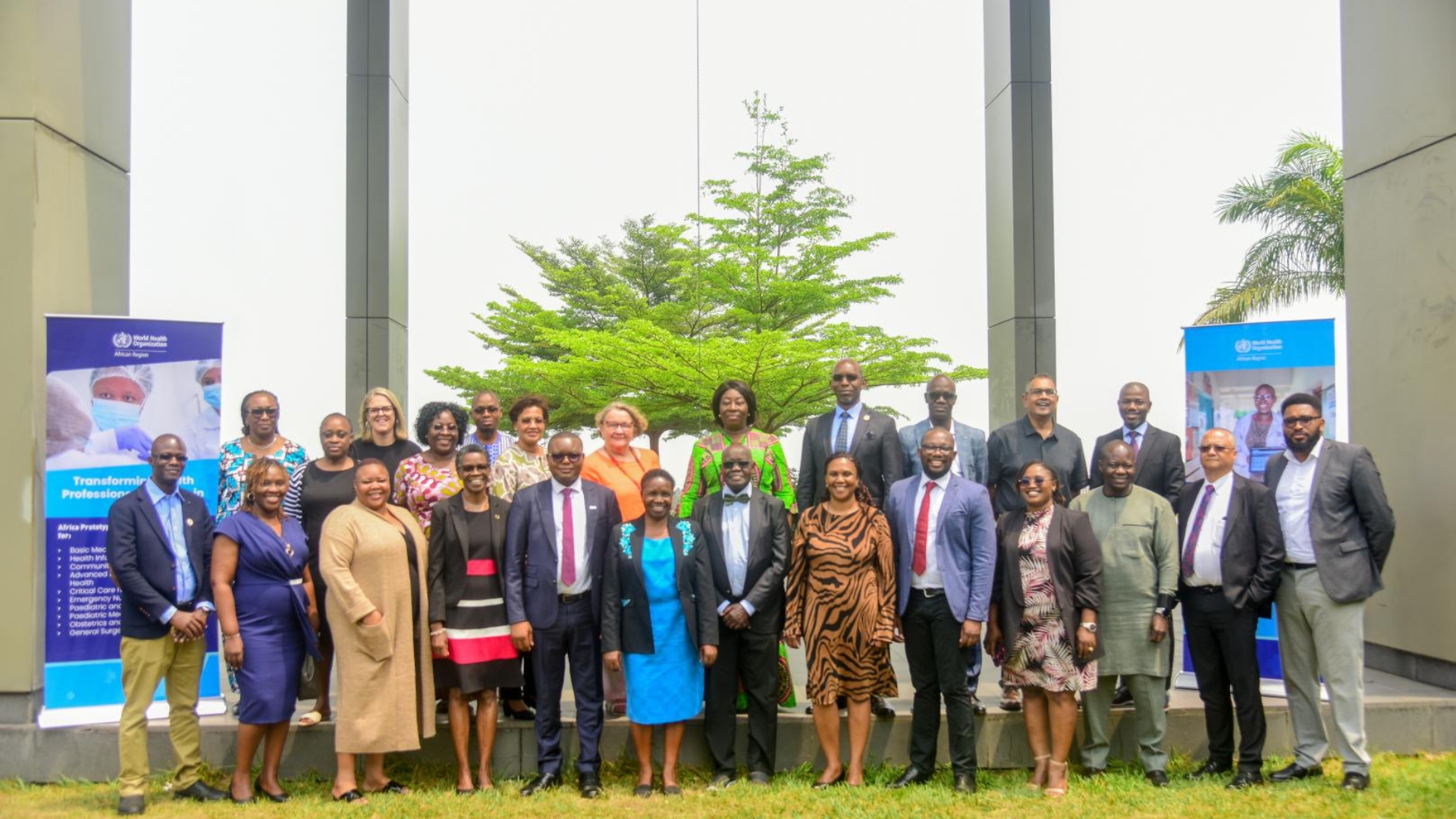
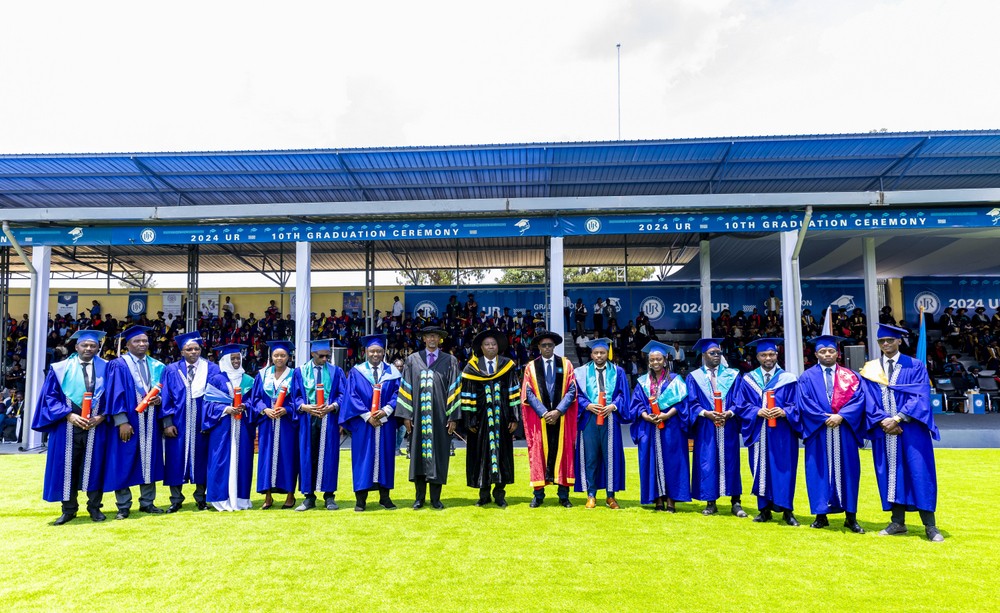

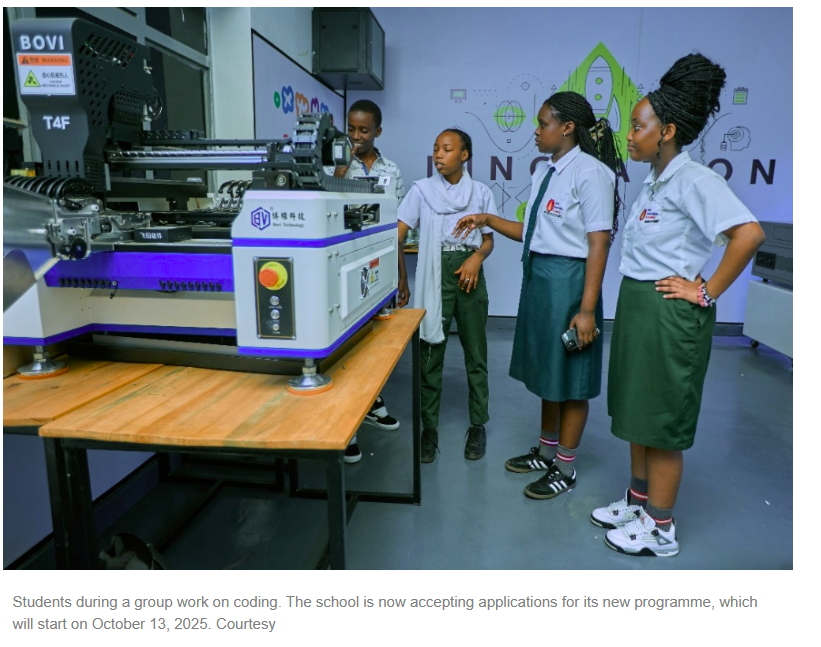

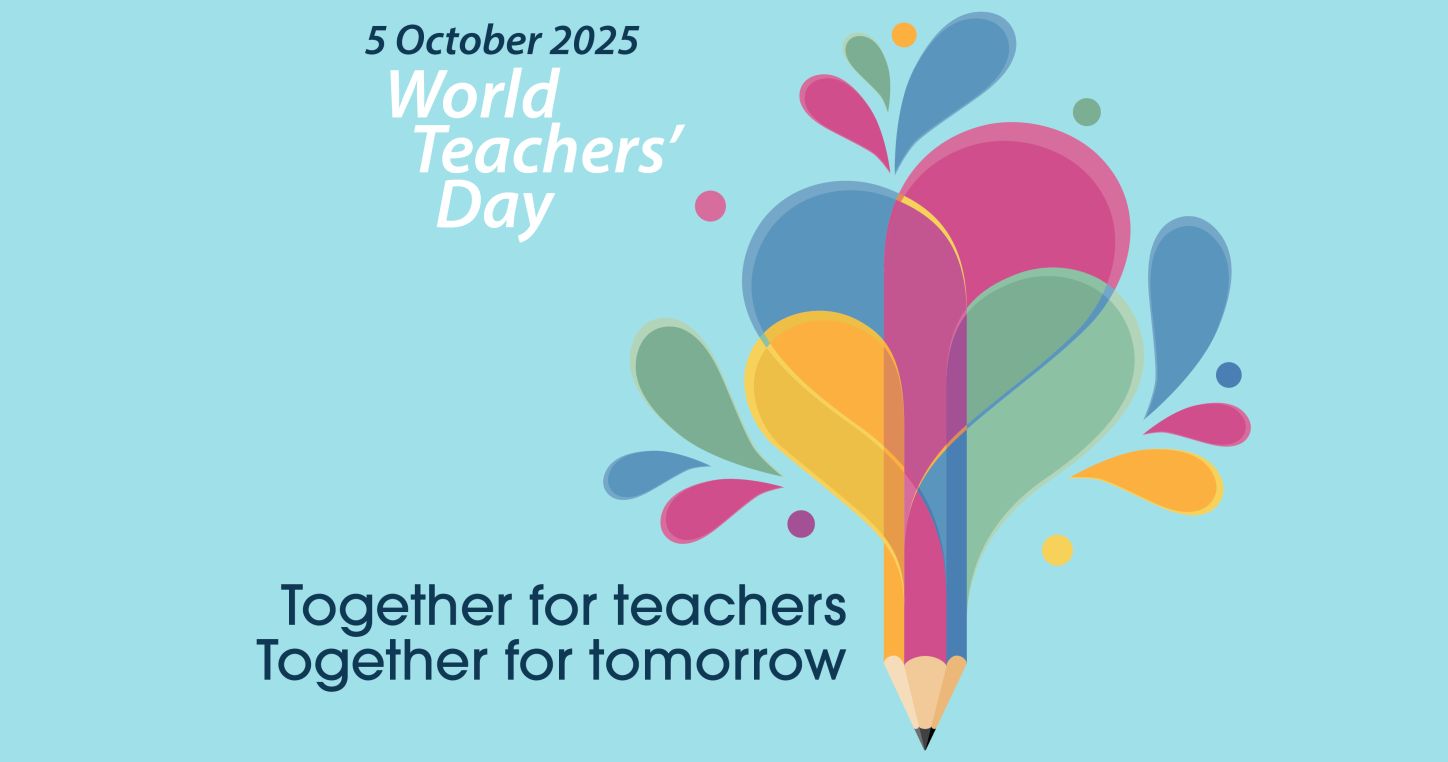
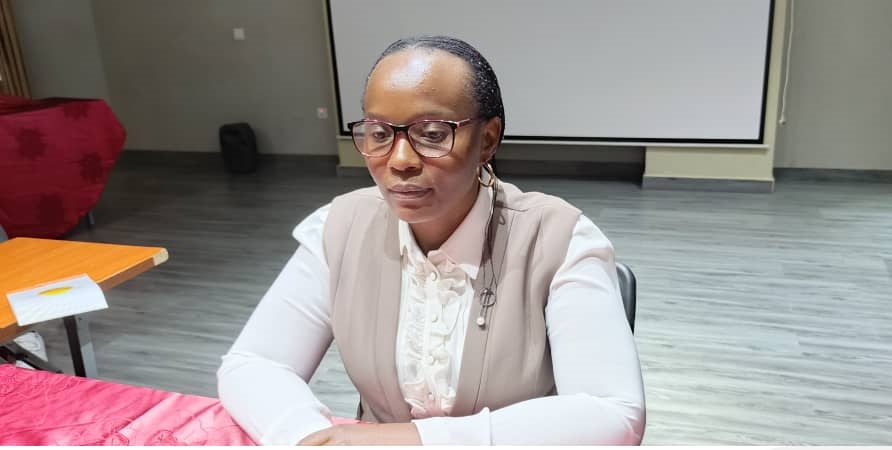



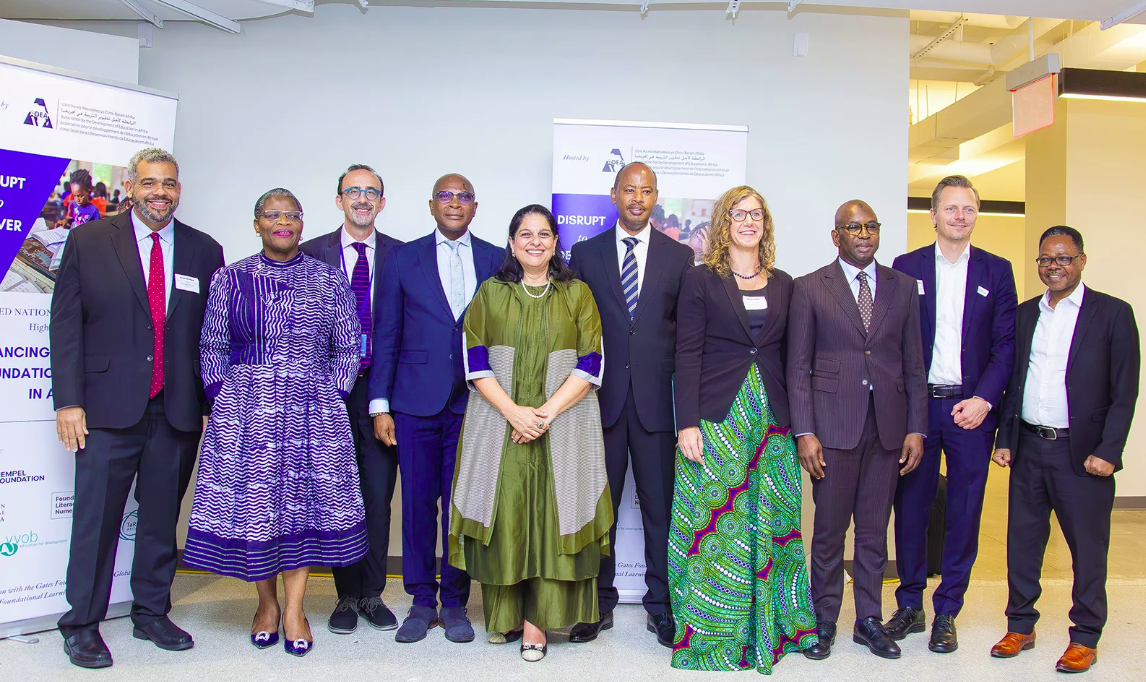
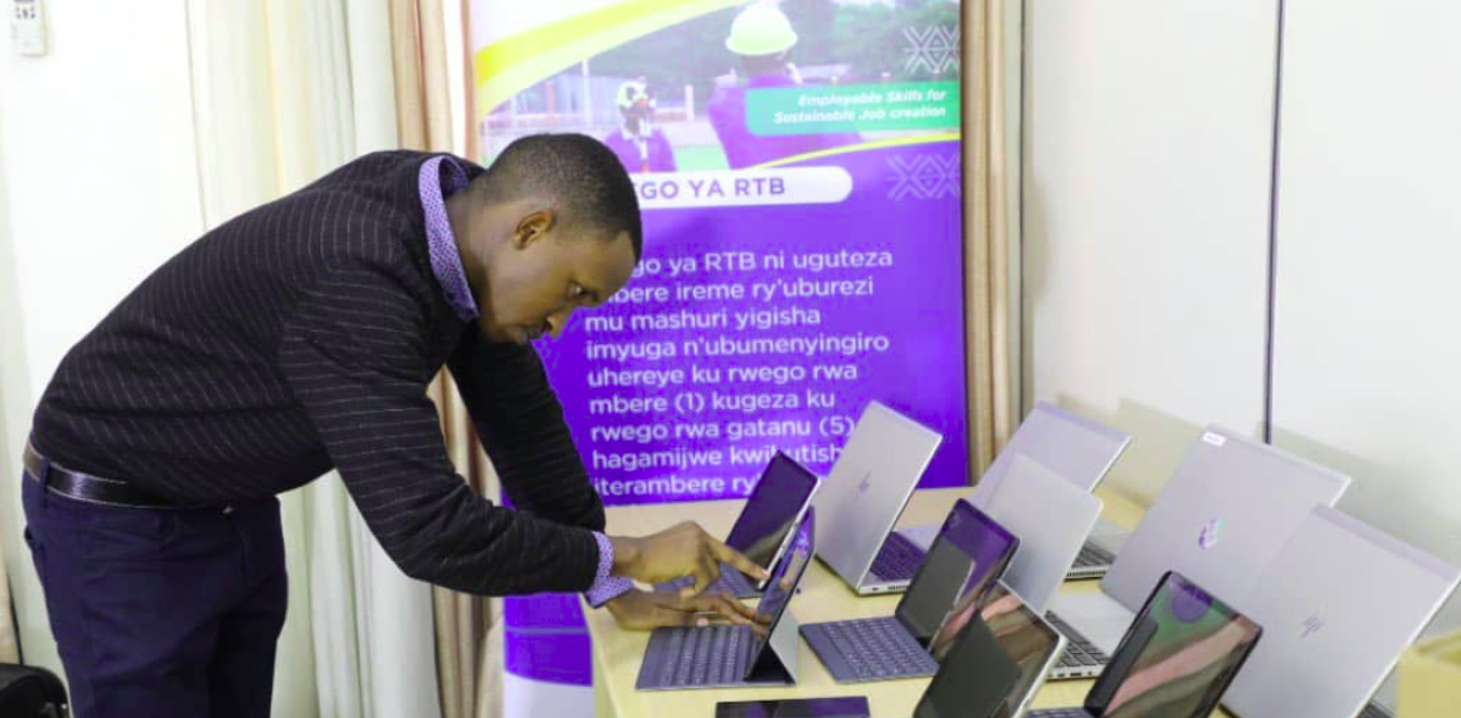
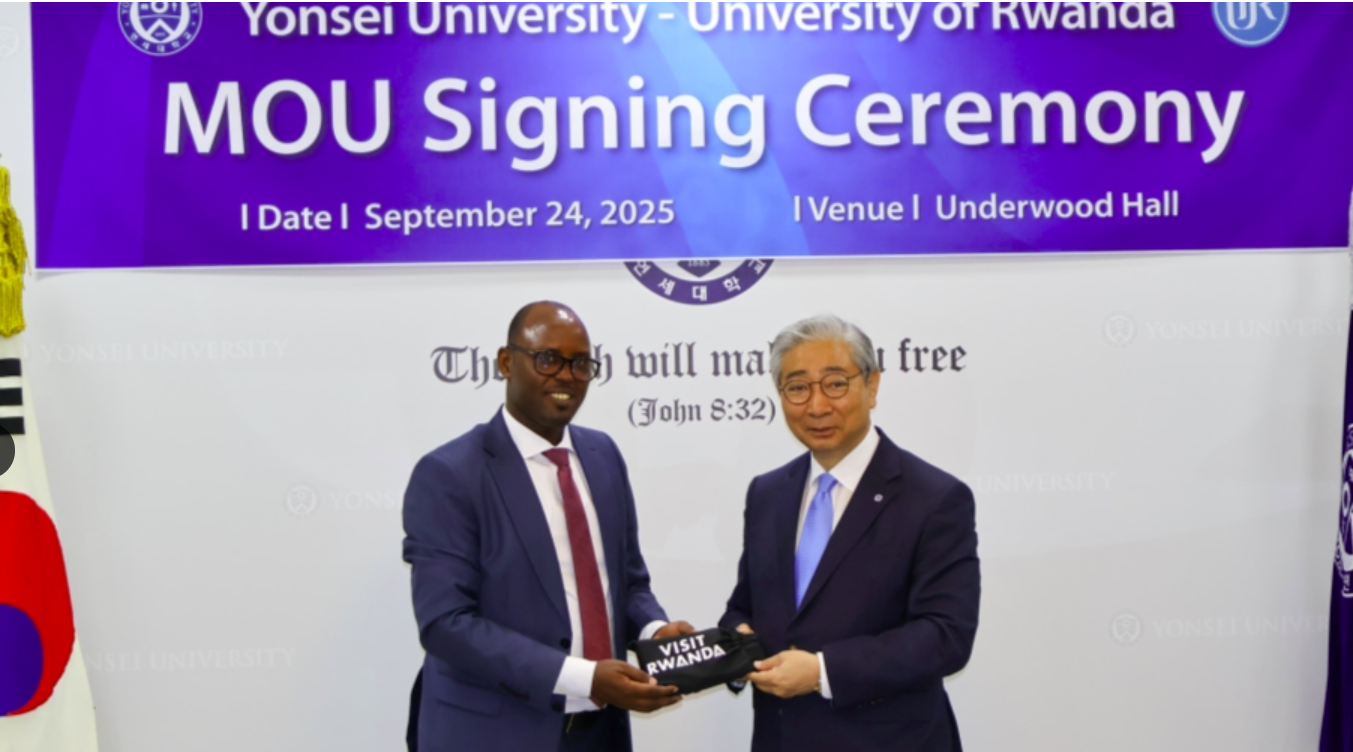




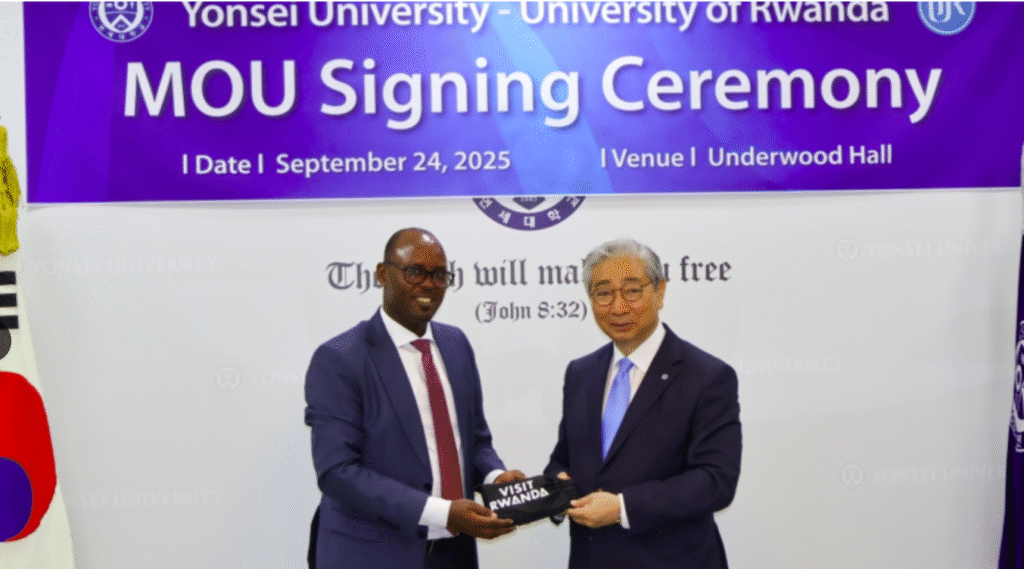


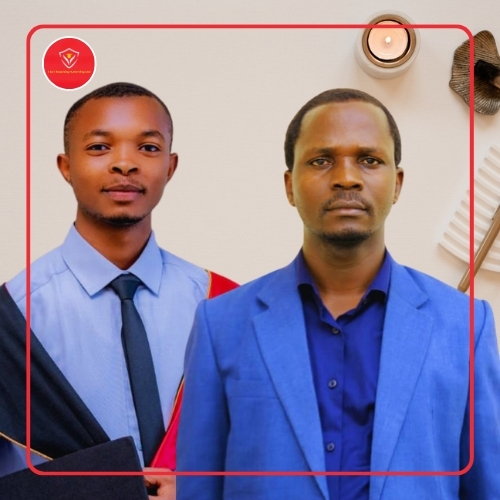

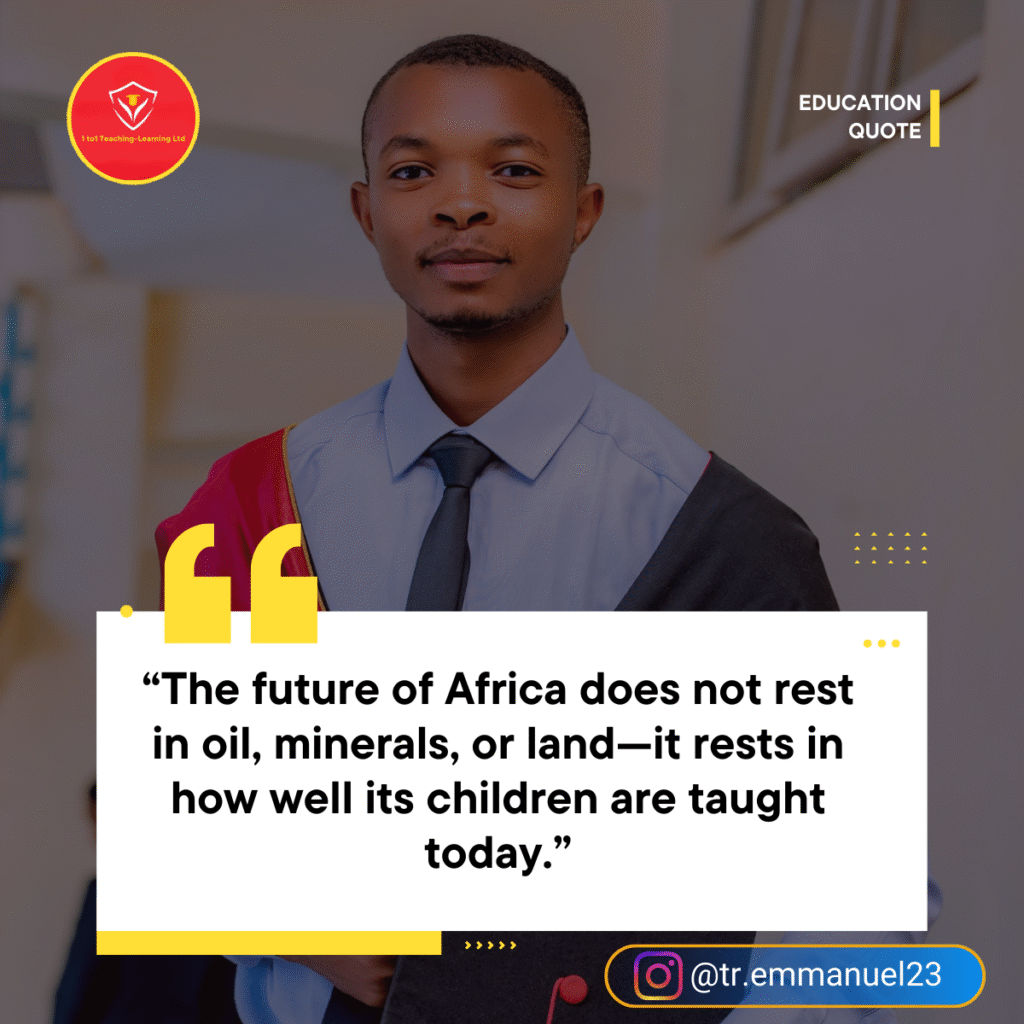
Leave a Reply